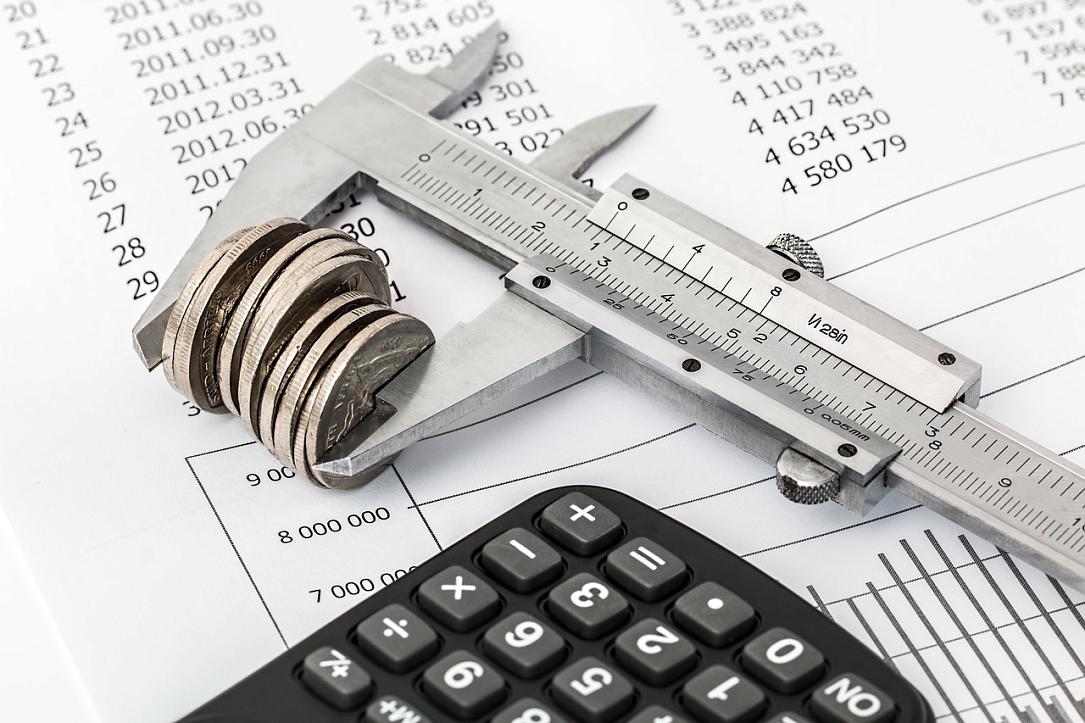RO Resilience Plan: Budget revenues to GDP ratio must rise by 2.5pp until 2025

Among the set of reforms attached to the national recovery and resilience plan (PNRR) with the aim of receiving EUR 29 bln in grants and soft loans from the European Commission (EC), Romania must pursue fiscal policies aimed at increasing the budget revenues to GDP ratio by 2.5pp by 2025 and reducing the VAT gap by 5pp by mid-2026.
The improvements are measured versus 2019, according to a comment published by Deloitte Fiscal and Legal Services Coordinating Partner Vlad Boeriu on Hotnews.ro.
In 2019, Romania’s budget revenues to GDP ratio was 30.2% - out of which 2.3%-of-GDP was formed by transfers from the European Union’s budget and only 28% revenues from domestic resources.
The 2.5pp improvement stipulated in the set of reforms attached to PNRR look rather like a low target. In 2019, tax revenue (including social contributions) in the EU stood at 41.1 % of GDP and accounted for 89.2% of total government revenue (46% of GDP).
Speaking of the tax revenues alone (to GDP), Romania lags among the European countries with a ratio of 14.4% compared to the 19.9% EU average (World Bank data). The VAT gap was most recently measured by the European Union in 2020 - for the budget execution of 2018. Romania posted the highest national relative VAT gap in the EU in 2018, with 33.8% of its potential VAT revenues going missing, according to the European Commission’s VAT Gap 2020 Report.
In absolute terms, Romania failed to collect EUR 6.6 bln or 3.3% of its GDP — nearly five times more than the EU average.
Among the most important actions undertaken by Romania in the fiscal field through PNRR is the analysis of the fiscal system, in 2022, to standardize the legislation regarding income taxation, respectively the gradual elimination of incentives granted in certain sectors, Deloitte’s comment reads.
For the construction sector, it is expressly stated that the withdrawal of the facilities granted must start in 2025 and be completed by the end of 2028, when, moreover, it would expire according to current regulations.
In addition, the plan provides for changes in corporate taxation (especially for micro-enterprises), in the field of social security contributions and in property taxes. The measures would be gradually transposed by the beginning of 2024 and bring an increase in tax revenues by 0.5% of GDP by 2025.
However, the greatest emphasis is on the reform of the tax administration, especially in the direction of improving digital services (extension of SPV for companies, associations, PFAs and liberal professions), an optimization of the IT system of the National Agency for Tax Administration (ANAF), so so that 60% of the services for companies will be accessible online in 2024 (compared to 45% at present) or remote tax controls (60% of the total by 2025).
At the same time, the plan includes the process of enrolling central and local public authorities and institutions in the IT system of the Ministry of Finance and ANAF, PatrimVen, starting with March 1, 2022.
(Photo: Pixabay)
iulian@romania-insider.com
















